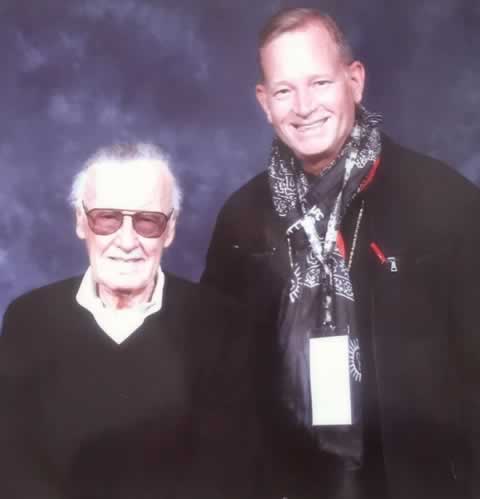
WHAT I LEARNED FROM STAN LEE.
AND OTHER UPSTART BRANDING LESSONS
FROM STEVE JOBS AND THE WACHOWSKI SIBLINGS.
Isn’t it so that, in any journey forward, you go back,
to find the points where your heart first opened?
And in any journey to know, you must go—
out there, find those that do and spend time with them.
The insights return as a patterning—one inspirational moment leads to another, and yet another, and another: they thread as a garland, where the discoveries appear like recognizably aligned flowers.
We all mourn the passage of Mr. Lee—a persistent lightning strike of invention, starting up dozens of astonishing characters, stories and enlivening perspectives on the hero’s journey, the maks of 1000 faces found.
When I think about my learning history: the most powerful moments of sparked discovery, it lies invariably in the momentum of encounters with marvelous people—it’s in the live, one-on-one moments of listening, learning and the leaning-in of a hello that can be profoundly life-changing. Most of my education, from New College, to the Evergreen State College, to hanging out as a refugee of learning inside Cooper Union’s august halls, meeting correspondences at Harvard University’s Fogg Art Museum, to the profundity of the brilliant crowds at Reed College—I’d find a person, and pursue a direction as in a learning compass, to find my way there.
My opening encounters with Lee’s legacy comes from a strategic summit at Paramount Studios, the beginnings of a partnering cross-over between Paramount Studios and the newly-formed Marvel premise of action films, founded on this opening collaborative:
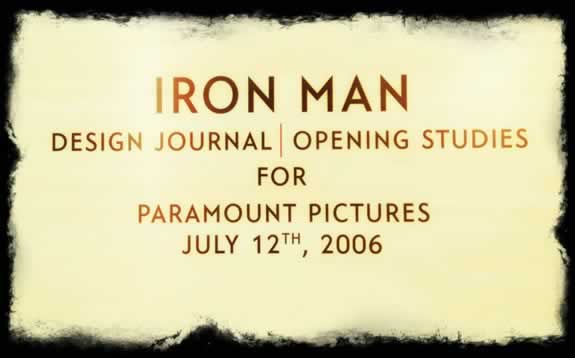
When there is a lesson to be learned, listening makes for
the best course of cumulative action.
Learn and listen, listen and learn.
Watch how it grows.
In my history, it’s the leaning-in to experiences on the trail of wisdom and great brand strategies that has taught me the most. And to lean-in is to list, as in — tilting-in to hear better the teaching conversations in play. In our experience, we’ve had the chance to play into the best of the best in brand development.
Stan Lee?
What this listening comes down to is a transitioning start-up brand strategy of the first bridging of the founding of a cinematic entry of Stan Lee’s Marvel Studios and the producing partnership at Paramount. I was tasked by Nancy Goliger, then EVP Theatrical Marketing, on the Lot at Paramount Studios, to enable that bridging—old brands, new brands, new consortium of talent, ideas, history-in-the-making. A GIRVIN, Inc and Paramount theatrical marketing team cooperative,
to support that bridgework—
ever collaborative, that journey.
And what’s the kickoff benchmark?
Stan Lee’s “Iron Man” ignition—
the first spark to that powder keg of Marvel Studios offerings.
Talking to Stan, it “was a basic hero’s journey—and heroes are never perfect.”
To support that branding, we go back—
to come forward.
We look to where the concept of the start-up was—its foundational inspirations, and look into the glassy crystal of the future to see where that could be.
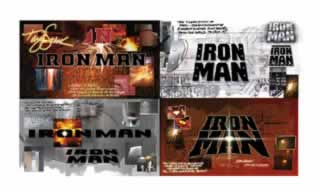
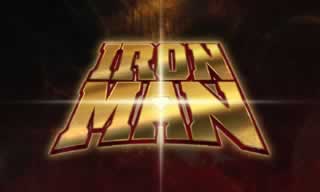
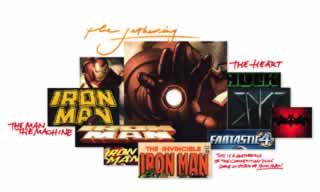
Key learnings and listening—in the evocation, the voicing of stories, as a draft, as a finalized reckoning—what you hear is what you are, how you listen shall make you what you be?
That comes to:
— Grasp what you stand for,
where you have come from —
and in building your brand, coming forward —
never forget your points of origination. Or in the words of one sage colleague at an AA meeting, “you can look back, but don’t stare.”
“There is always the story of where you are, and what you aspire to be, now, in igniting the future—but, as well, there is the story of where you were, and what distances you have come to get to the present state of your telling.”
“Any journey will be rough, there will be tumbles and trials, rejuvenations and rejoicing.
Nothing is, nor shall be, perfect—nor you, for that matter.”
“Show your story freely to your world.”
Polished and unpolished.
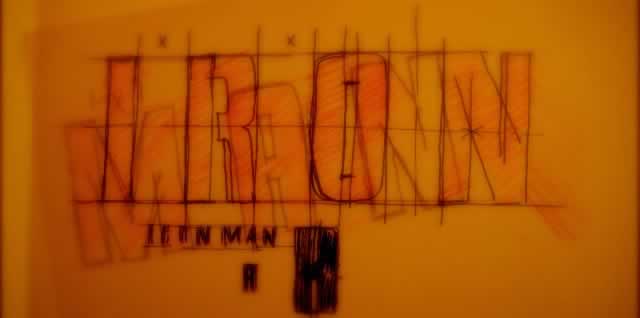
 pg
pg
Start-Up Circulation — getting the message out.
Final observations on the nature of promulgating the power of your brand? Utilize the core power of storytelling, brand reflectivity [what shines, and what shines back?] and community-sharing to ignite boost your brand’s start-up engines in Social environments. Energize socialization in the hybridity of context, experiment and tool-building.
Get Social — first up:
The adage goes, “Content is king.” but too many brands adhere too closely to this proposition, forgetting to infuse their brand with voice and personality — and to look towards platforms of storytelling that boost emotionality. Focusing too much on “this is us, here’s our product” content is tantamount to interrupting people at parties to yell, “Look what I can do!” before performing a trick and disappearing into the woodwork. No matter how impressive your trick, people are going to get sick of it. Instead engage people in conversation—be on, be available. Build rapport with your audience and they’ll be looking for you at the party, and not just to see your trick.
Content should look good
but not too good.
Polished content is going to look like an advertisement and on platforms inundated with “Look what I can do!” brand yells are likely to be lost in the shuffle. Instead shoot and write social posts to portray, as what we recommend: professionally amateur. Content that looks fundamentally attractive, like someone competent made it, but not so good that it looks like another commercial. Contemplate activity: the how and why people use social channels: it’s a constant and quick scroll until something catches their eye. A post that doesn’t look perfect is actually more likely to be visually compelling than a polished and branded image that would be more at home in an airplane terminal or subway platform. Push for the halfway mark, quick, well-executed, authentically team-built.
You’re up against? Your competition isn’t who you might think it is. If you make cashmere wool jackets your competition isn’t necessarily other companies that make cashmere wool jackets, at least it’s not just those companies. You are competing for attention with every man, woman, and child that posts content on social media. That’s a lot of people! You can either post a ton of content. More content than seems reasonable. Or you can be respectful of your audience, post content with a goal, a real actionable objective, and people will respond more positively. There’s a huge difference between, “Buy our Cashmere Wool jackets!” and “Check out our new line of cool Cashmere Wool jackets!” People appreciate brands that respect their time and they will treat you accordingly.
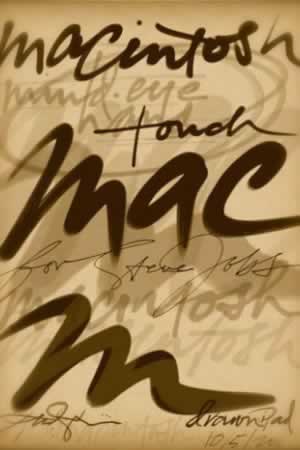
Steve Jobs and Apple Attitude
Early in my career, I met and worked with Steve Jobs—this, a Reed College crossover.
He said, “Can you come down to Cupertino to see what we’re working on?”
I did.
And I went down to learn about the Mac. And to experiment with it—the hardware, with him watching near by. From there, I went on to packaging, merchandising, store and web work, then kiosk, college sales systems, 4 years of designing the WWDeveloper’s conferences for Apple—then with Steve, onwards to NeXT Computers.
What I learned, in start-up Apple strategy, are the following:
—The longest shadow comes from the top;
Steve set the stage for everything. Leadership means that you’re literally “in front,” your leadership has to be out there, in front of everything. And in that premise of prowess, the leading edge, the very persona, drive and attitude of leadership set the attitudinal stage for the ring of fire. The character of a brand, start-up especially, has to be clear and top of mind for anyone that works there. It’s the drive to being, it’s what the brand is—what it stands for, its story of making, the invented innovation that their making defines in well-filled needs— they all come from there.
—Make your promise true, your premise proud.
If your positioning sets a premise, the leadership needs to drive to the promise — the emotional gifting of the offer. It’s not just a transaction, it’s an emotional reach-back by the brand. As a start up, defining these mechanisms and clarifying that all on the team get it are paramount conclusions.
—Be different.
— A Jobsian proposition [and presentation was the unique spin that made the core product offerings of Apple a new reason for being, working in, presuming personal creativity—it was an invitation. Think about your start-up as having a unique proposition: your distinctivity, that is about the foundation of “think different.” That discernment could be that you’re offering something that is an unknown and desirable need—it suggests a new state of creative beingness; it says something about your brand, your team, your attitude — and ultimately, the altitude of your reach.
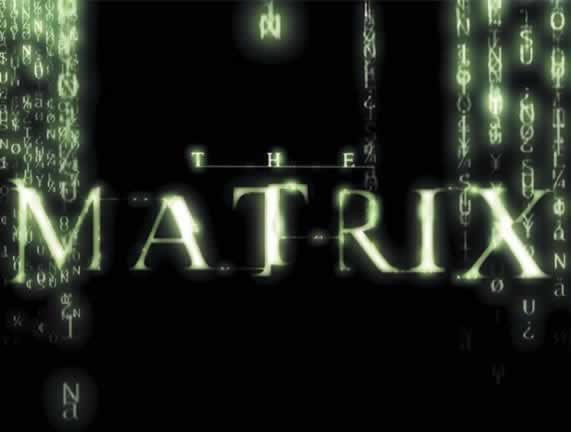
The Wachowski Siblings
This is a different premise of a start-up, that is, a movie [like my opening gesture with Stan Lee’s Tony Stark telling,] which—in the beginning and the end—can affect the lives of millions of people; innovatively realized cinematic stories can transmigrate entire worlds of thinking, communities, memes that are created, new ways of visualizing the realm of—in this instance—the spectacular and the fantastical.
And like a brand, and an enterprise, they can employ literally 10s of 1000s of people and render millions of dollars into the start-up investment team’s fund rosters.
Build a story thread — what is the core principle?
My start-up story in connection with the Wachowski’s comes through the indices of Joel Silver—I’d pitched him on customized identity. He remembered that and asked that I come to Silver Pictures, the next day—to talk about working on a film—with these two dudes, writers, directors and producers on “Bound.”
So too, the Wachowski brothers “let’s talk”—who, at that point, spoke excitedly about the premise and structure of their story, and the storyboarded worlds they had art-directed and commissioned, then built—a split-coded world. And this cosmological meditation comes to world-view: “what you know, and what lies behind it, defining everything that you see on this side of things,” the one—this side, your personal reality as you know your world, and the other side of “The Matrix”—which can be entered and exited like the spark of a transmission.
So—the start-up: defining the principle driver, the core story,
the threading is one element of a start-up postulate.
The other?
Building the BrandCode®
We refer to the visual and messaging code of any brand as the BrandCode®—it’s the genetic detailing of your elemental materiality, it’s the how and the who of what you are. Leaders and C-team members need to define it, and every member needs to know what it is, means and stands for. A disciplined code could be a patterning, it could be colors, texturing, materiality, it could be a way of speaking—it’s the language of, in this instance, The Matrix—and how it looks and feels—the colorations, the voicing, the set styling, the effects work, and how the imaginative telling spools out.
And—as a start-up layering of wisdom learned, starting pre-film, storyboarded, with those two people, the Wachowskis—it does come to how the package of the brand is managed conceptually in the opening, and how it is framed out as a layering of experiential moments, that tally larger impressions and seep into the recesses of memories, mired in complex spectacle. All designed.
What’s my start-up story?
Founded my brand in 1976—a string of start-ups: Alphabet, Alphabetica, Elements, Tim Girvin,Inc., and finally—GIRVIN, Inc. and GIRVIN | Strategic Branding. Consistently running—four decades + since those opening days of sign writing, retail decoration and interior merchandising, interior design, building skins and signage and detailing and pin-striping boats, motorcycles and tattooing people. But the play then and the play now is the hand.
Handmade brands is my history, it’s my passage, my presence, my futurism.
But that start-up legacy speaks more wholly to curiosity.
How are you going to get somewhere different, if you only know the same?
Back then and in the music of another present era—nowness, too, it’s about connecting with people, relationships, friends, clients, prospects and propositions of collaboration as a live-in event—get real, get in, get personal.
Know more.
Go more.
Get out there and get in—
that’s my brandcode.®
In that journey of curiosity, small and large: that has lent strategic explorations and expeditionary journeys towards tiny brands, delicately messaged and visualized solutions—like Christi Meshell’s Matriarch to giant Lauder’s Spellbound; it has been small retail design and packaging to retail retold in a mega-success telling of Nordstrom; it has cycled from experimental film-making efforts as in Sherman Alexie’s Smoke Signals, to star field partnering—personally with Clint Eastwood—in the branding of Oscar® winner’s circle, Unforgiven.
I started as one, grew to 90, and continued to morph—moved now to a smaller team—boutique-scaled. We are in Seattle—the Waterfront, supported in NYC—upperWest,
marketed in San Francisco,
and an collaborative design office alliance in Roppongi, Tokyo.
Still, we get around.
TIM
–––––
HUMAN BRAND DEVELOPMENT | Brands are made by people for people:
https://www.girvin.com/subsites/humanbrands/
